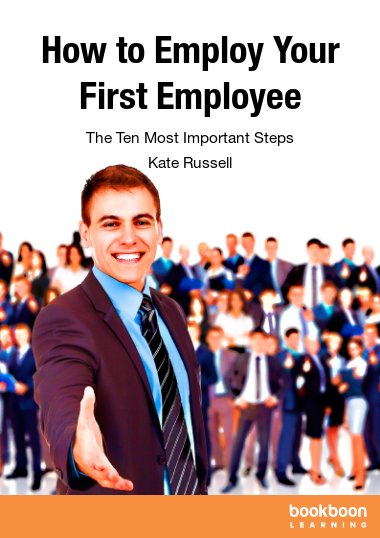At some point in the growth of your business you realise that you can no longer go it alone. There are a wide variety of laws, obligations, taxes and statutory records that can trip you up when you don’t know what you’re dealing with.
Lack of knowledge is not a defence, so ensure you find out what you have to do at an early stage. It will save you time, money and worry. This book has been written with the intention of helping you to avoid these types of sticky situations. The real success of hiring your first employee lies in following the correct procedures, adhering to the requirements of legislation and taking action at an early stage.
About the author
Kate Russell, BA, barrister, MA is the Managing Director of Russell HR Consulting and the author of this publication. She is the author of Build Your Dream Team – How SMEs Can Plug the Talent Gap, plus several other practical employment handbooks and e-books.
Russell HR Consulting Ltd delivers HR solutions and practical employment law training to a wide variety of industries and occupations across the UK. Kate has developed a reputation for being knowledgeable, robust and commercially aware and is especially well versed in the tackling and resolving of tough discipline and grievance matters.


